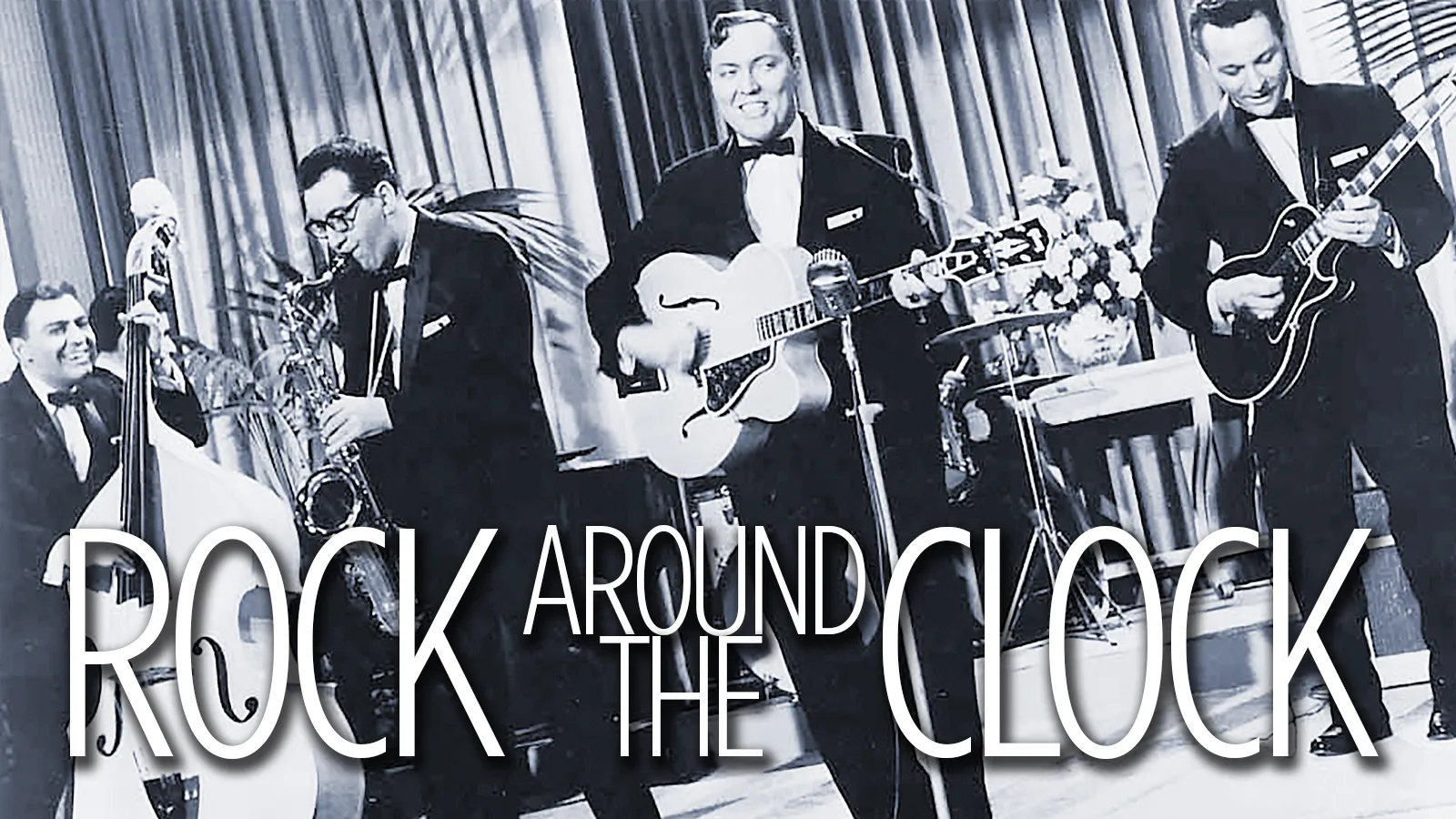Before there was Elvis Presley ... before there was Chuck Berry ... before there were Jerry Lee Lewis or Fats Domino or Lennon and McCartney, there was a wannabe country musician named Bill Haley.
He and his Comets played their songs a little faster than the composers intended, creating a new type of popular music that would later be termed “Rock ’n’ Roll.”
What became Bill Haley and His Comets’ biggest hit was originally released 70 years ago Monday.
One, Two, Three O'Clock, Four O'Clock Rock...
Composer and publisher James E. Myers — working under the pen name “Jimmy De Knight” — and lyricist Max C. Freedman wrote “Rock Around the Clock” in late 1952 with Bill Haley in mind.
Haley had formed a band in 1940, when he was just 15 years old, and had played mostly country and western songs — although the Comets became known for running through material with a faster beat than most other bands.
“We got to where we weren’t accepted as country-western or rhythm and blues,” Haley would say later. “It was hard to get booking for a while. We were something different, something new. We didn’t call it that at the time, but we were playing rock’n’roll."
Haley and his Comets finally scored a hit single in 1953 with “Crazy, Man, Crazy.” That’s when Myers decided to write a song specifically for his pal Haley.
The catch: Myers didn’t get along with Dave Miller, the owner of Haley’s label, Essex Records. Haley began performing the song in shows in 1953. But Miller had forbade Haley from recording anything Myers had written.
So they waited until April 1954, when Haley’s contract with Holiday expired and he signed with Decca Records. In the meantime, Myers had allowed an Italian- American band called Sonny Dae and His Knights to record what Myers had titled “We’re Gonna Rock Around the Clock Tonight!” Later, he shortened that to “(We’re Gonna) Rock Around the Clock.”
On April 12, 1954, the Comets had booked a recording studio for three hours in which to record what they hoped would be their next big single: “Thirteen Women (and Only One Man in Town),” about a man who finds himself the sole male survivor of a nuclear attack.
By the time Bill Haley and his Comets had completed “Thirteen Women,” they had nearly used up all their time. They managed to get in only two takes of the projected B-side, “Rock Around the Clock,” before they were evicted from the studio
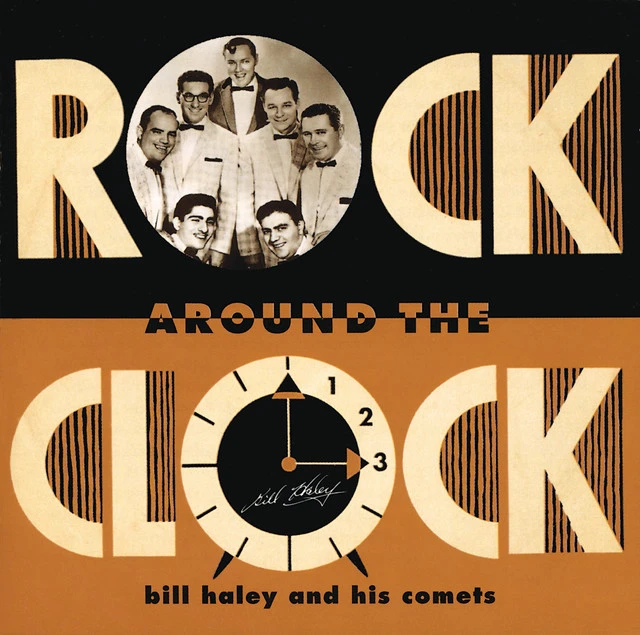
But that turned out to be enough for the recording engineer. He spliced together bits of the two versions to give Haley and his Comets their first single for Decca Records.
Again, the term “rock ’n’ roll wasn’t yet in use, so Decca executives weren’t quite sure how to describe the song. They called it a “Fox Trot” featuring a vocal chorus.
There turned out to be more interest in the B-side than in the A-side of that single. It charted briefly and then fell out of sight. And that‘s where the story should have ended.
Flash-forward to later that fall, when MGM Pictures set out to make “Blackboard Jungle,” a film about a teacher at a diverse, inner-city school. Actor Glenn Ford was cast in the lead role. The producer and director were searching for the latest in modern music to include in the film.
But modern music had seemed to stagnate in the 1950s. When Ford’s fifth-grade son, Peter, heard about their quest, he piped up to suggest one of his favorites from his own collection of singles: “Rock Around the Clock.”
The film was released nationwide on March 25, 1955. Reports surfaced of young people leaping to their feet in movie theaters to dance to the song. Decca rereleased the song in May. It would spent two months on the pop charts and would peak at No. 3 on Billboard‘s R&B chart.
“We were traveling on the New York thruway from Buffalo to Boston to do a television show,” the Comets’ bass player, Marshall Lytle, recalled. “I turned the radio on and ‘Rock Around the Clock’ was playing.
“This was a new Cadillac that Bill had just bought. It had one of those Selectrix dials where you just push the bar and it goes to the next station. I pushed the bar and it was playing again on another radio station. I pushed the bar again and it was playing again.
"At one given moment, it was playing five times on the dial. Within five minutes, I must’ve heard it a dozen times. I said: ‘This is a monster hit.’"
Rockin' At No. 1
Billboard’s Hot 100 singles chart didn’t become a thing until August 1958. Here’s how Haley’s rereleased single performed on the Billboard pop charts that did exist in 1955.
Best Sellers in Stores
Hit No.1 on July 9, and stayed at No.1 for 8 weeks.
Most Placed By Jockeys
Hit No.1 on July 16, staying there for a nonconsecutive five weeks.
Honor Roll of Hits
Hit No.1 on July 23 and stayed there for six weeks.
Most Played In Jukeboxes
Hit No.1 on July 30, staying there for 7 weeks.
Billboard's Top Telling Singles For 1953-1960
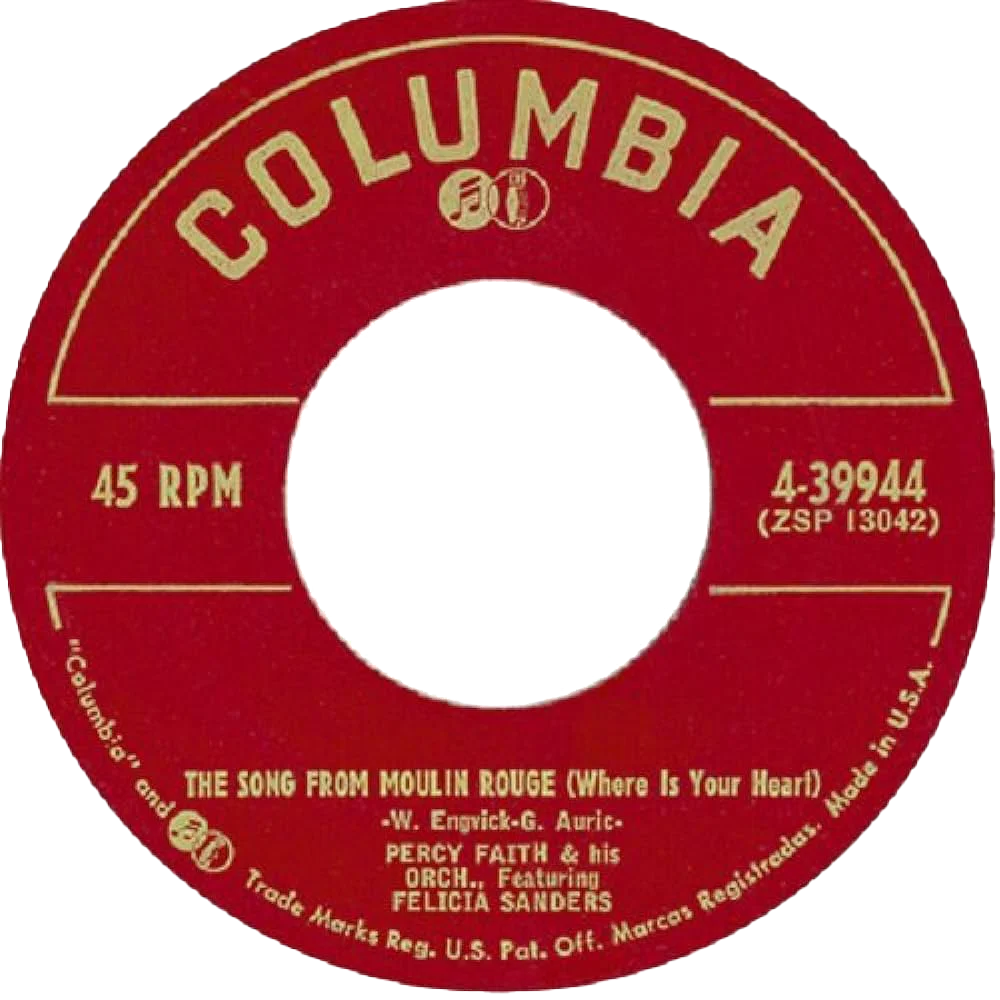
1. The Song from Moulin Rouge
Percy Faith featuring Felicia Sanders
2. Vaya con Dios
Les Paul and Mary Ford
3. (How Much Is) That Doggie in the Window?
Patti Page
4. I'm Walking Behind You
Eddie Fisher with Hugo Winterhalter
5. You, You, You
Ames Brothers with Hugo Winterhalterr
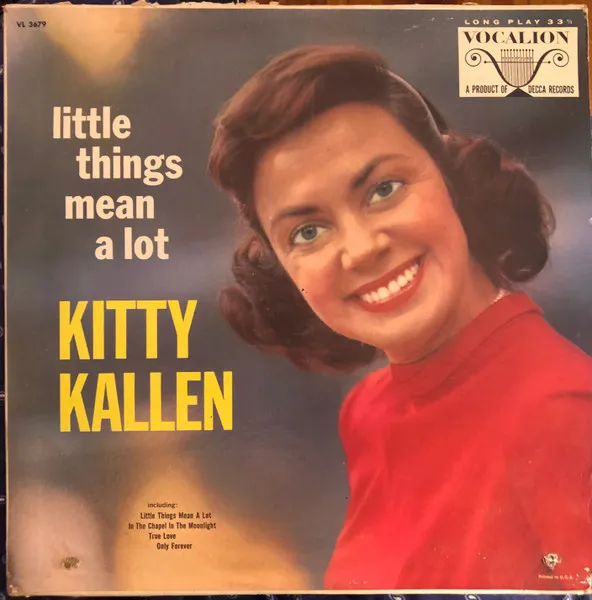
1. Little Things Mean A lot
Kitty Kallen
2. Wanted
Perry Como with Hugo Winterhalter
3. Hey There
Rosemary Clooney with Buddy Cole
4. Sh-Boom
The Crew Cuts with David Carroll
5. Make Love To Me
Jo Stafford with Paul Weston.
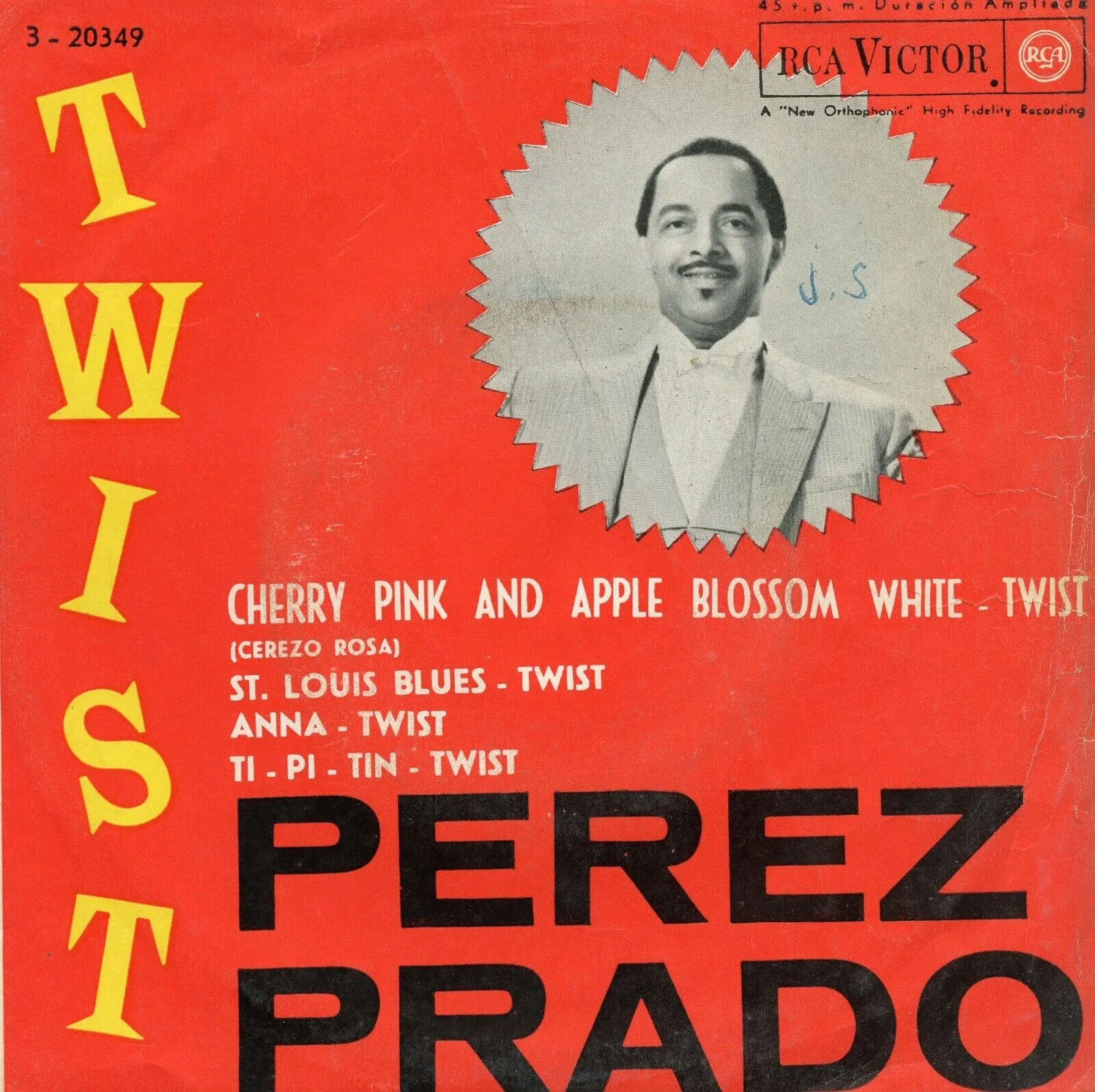
1. Cherry Pink (And Apple Blossom White)
Perez Prado
2. Rock Around The Clock
Bill Haley and His Comets
3. The Yellow Rose of Texas
Mitch Miller
4. Autumn Leaves
Roger Williams
5. Unchained Melody
Les Baxter
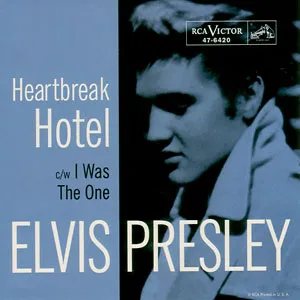
1. Heartbreak Hotel
Elvis Presley
2. Don't Be Cruel
Elvis Presley
3. Libson Antigua
Nelson Riddle
4. My Prayer
The Platters
5. The Wayward Wind
Gogi Grant
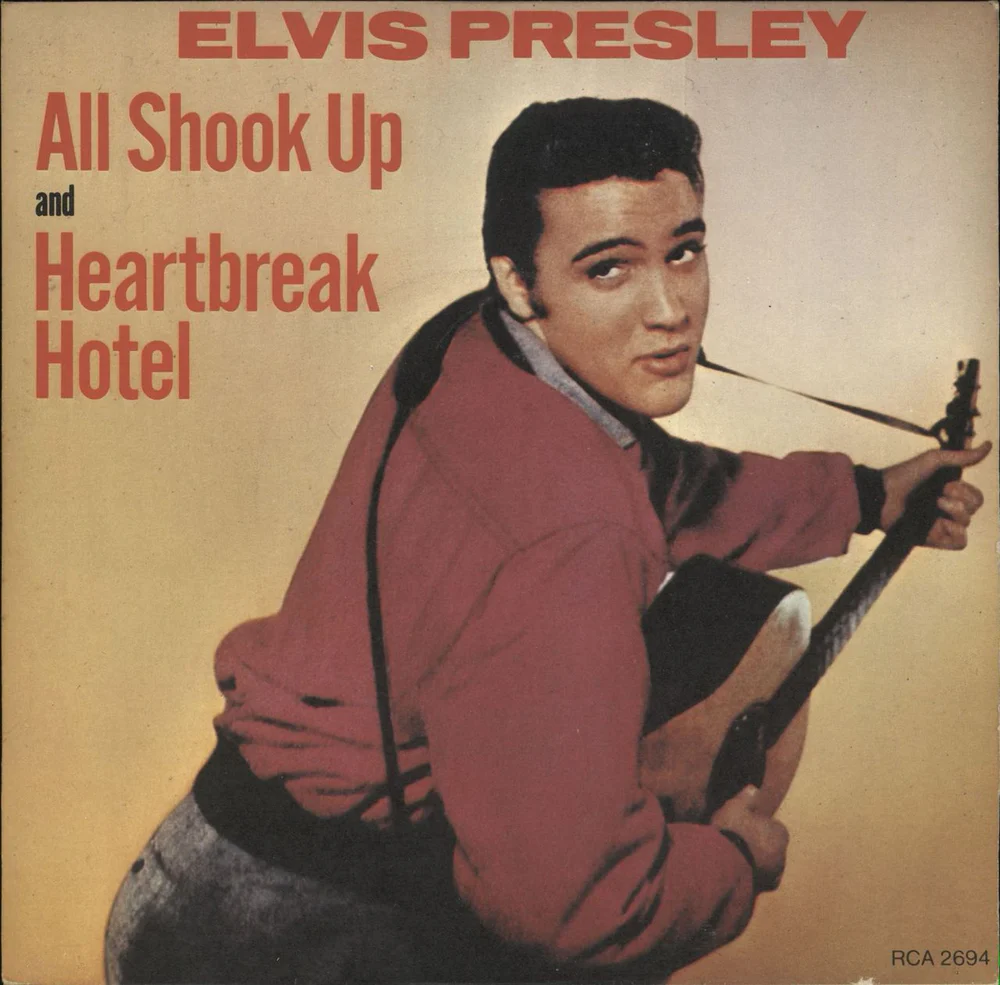
1. All Shook Up
Elvis Presley
2. Love Letters in the Sand
Pat Boone
3. Little Darlin'
The Diamonds
4. My Prayer
The Platters
5. So Rare
Jimmy Dorsey
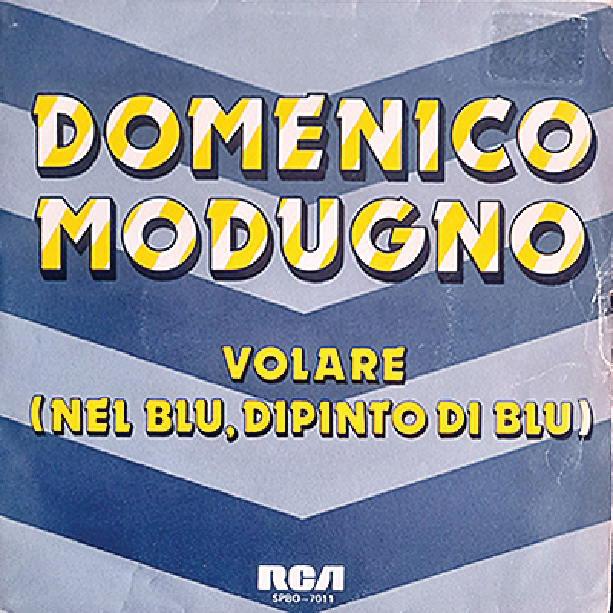
1. Volare (Nel blu dipinto di blui)
Domenico Modugno
2. All I Have to Do is Dream
The Everly Brothers
3. Don't
Elvis Presley
4. Witch Doctor
David Seville
5. Patricia
Perez Prado
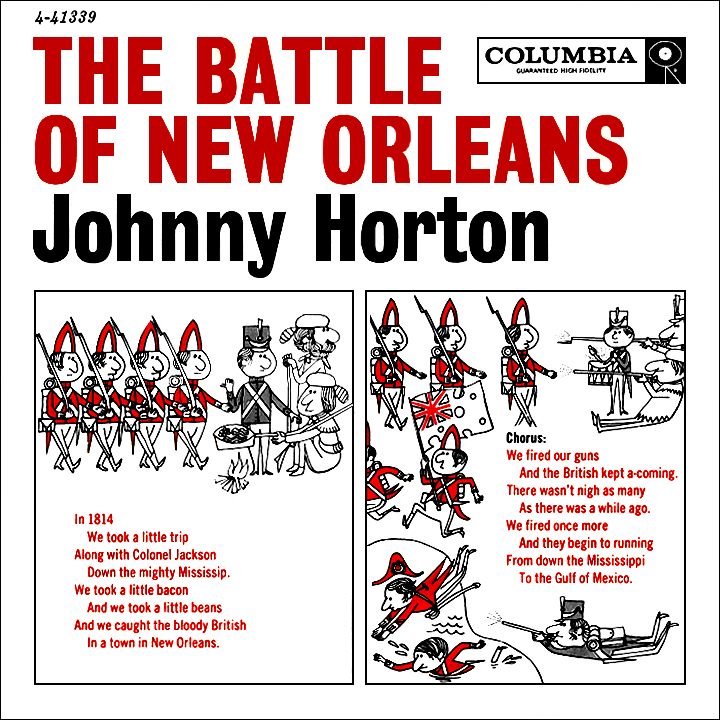
1. Battle of New Orleans
Johnny Horton
2. Mack the Knife
Bobby Darin
3. Personality
Lloyd Price
4. Venus
Frankie Avalon
5. Lonely Boy
Paul Anka
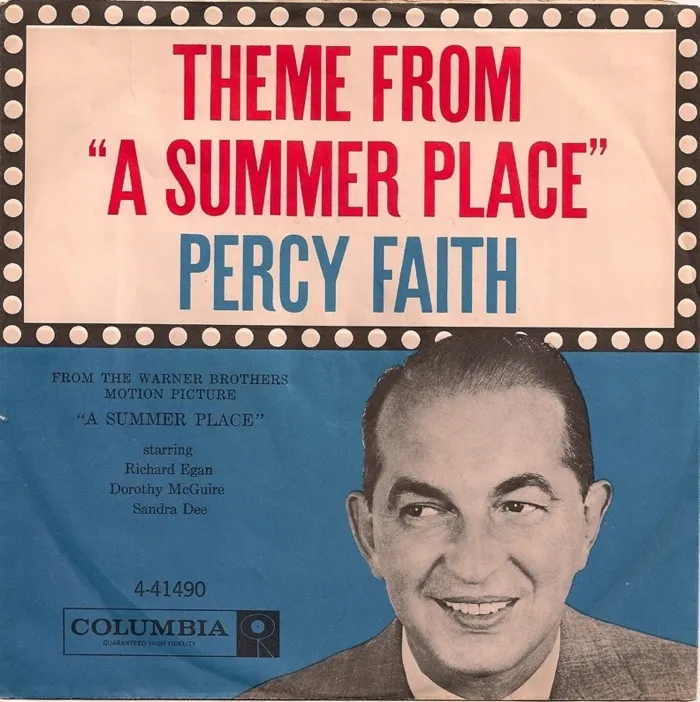
1. Theme from 'A Summer Place'
Percy Faith
2. He'll Have to Go
Jim Reeves
3. Cathy's Clown
The Everly Brothers
4. Running Bear
Johnny Preston
5. Teen Angel
Mark Dinning
